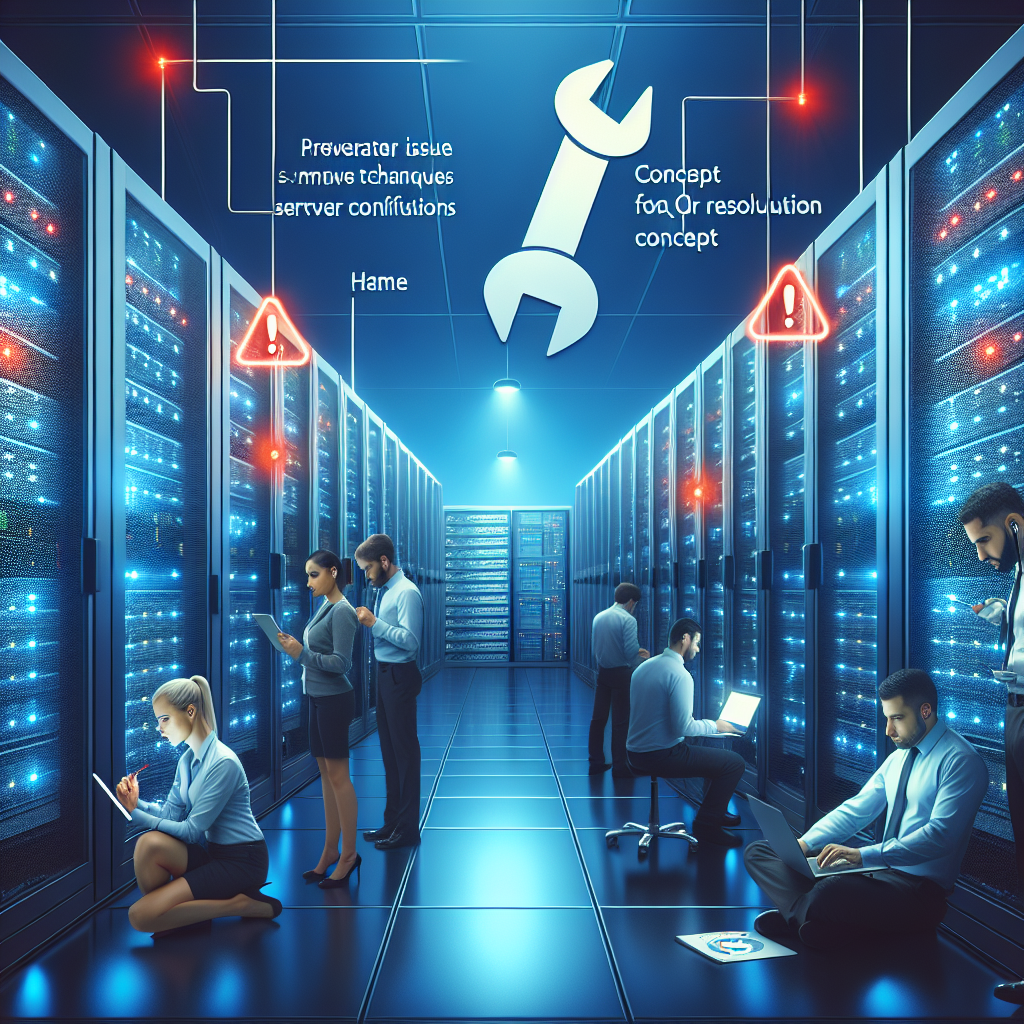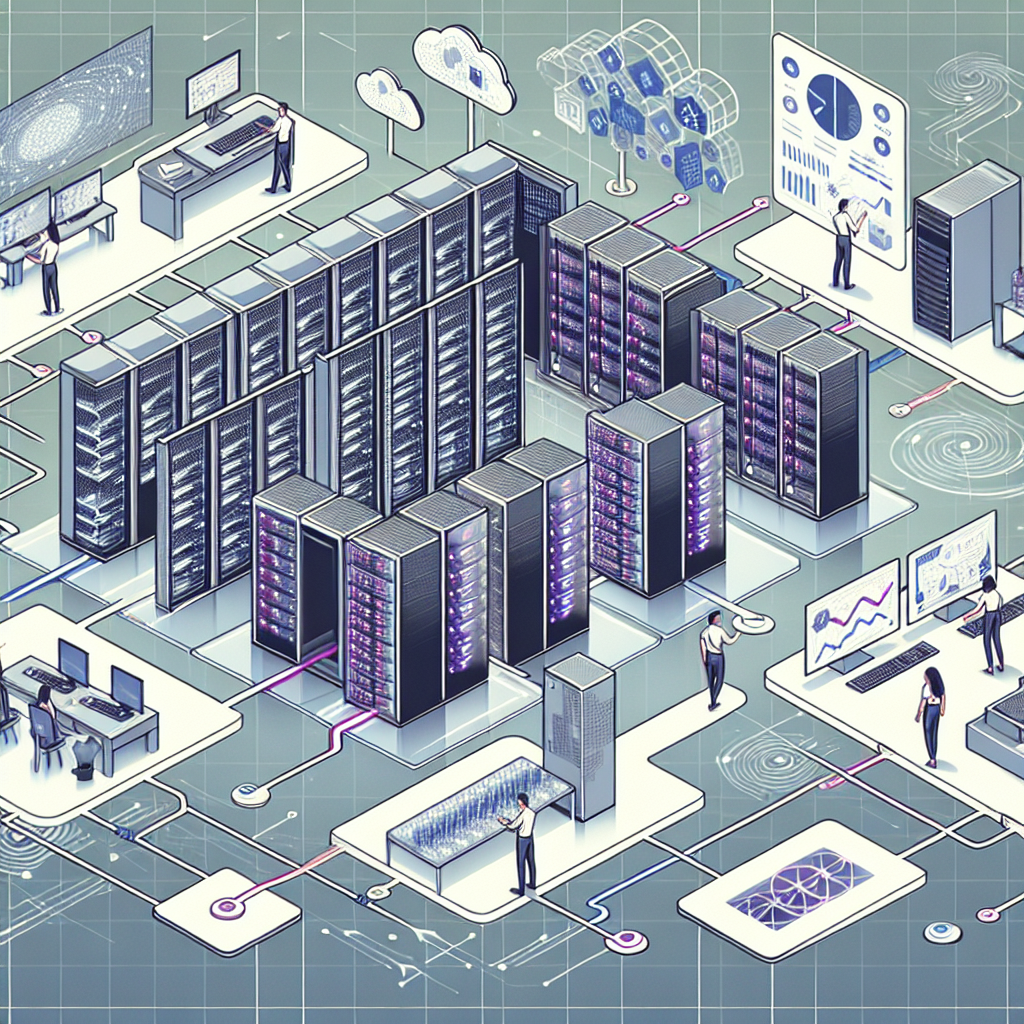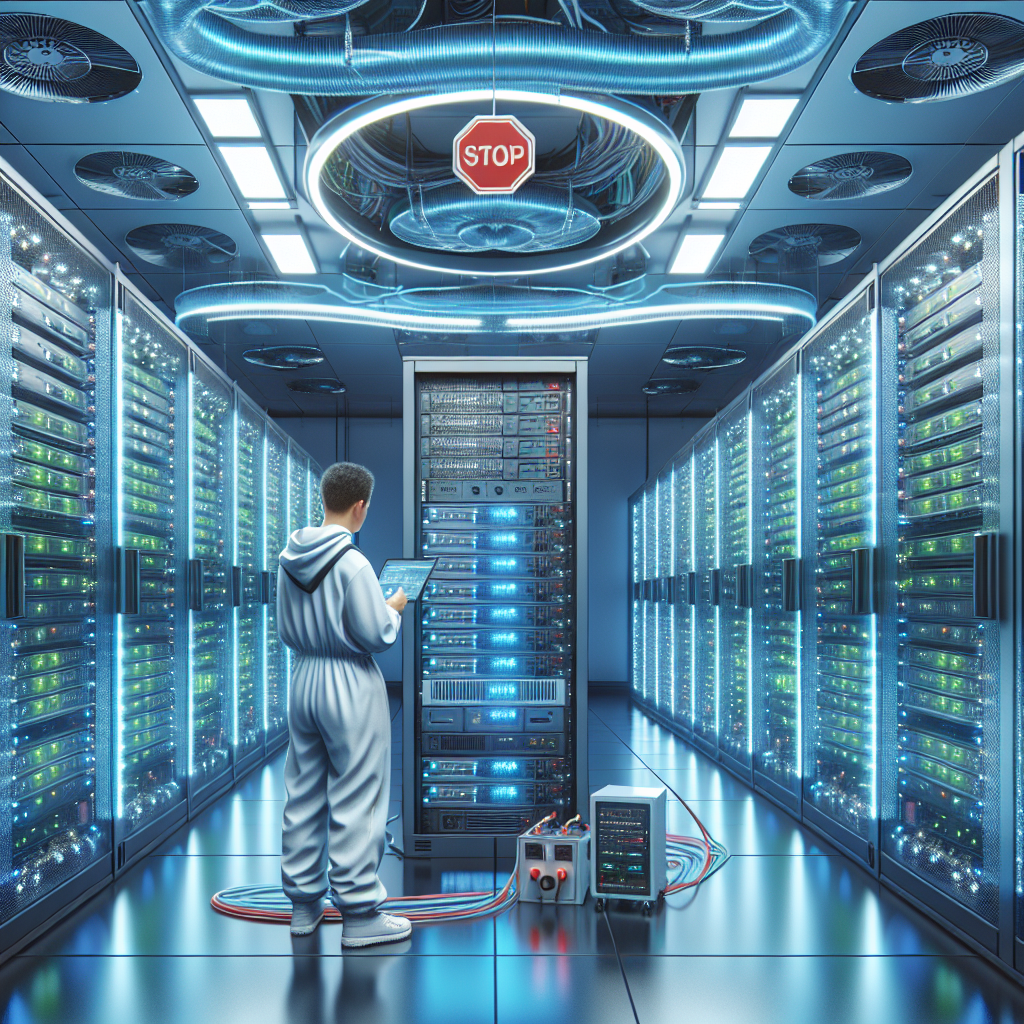Data centers play a crucial role in today’s digital world, hosting and managing vast amounts of data for organizations of all sizes. However, even the most well-designed and maintained data center can experience network issues from time to time. When these problems occur, it’s essential to troubleshoot them quickly and effectively to minimize downtime and ensure smooth operations. In this article, we will discuss how to troubleshoot data center network issues like a pro.
1. Identify the Problem: The first step in troubleshooting any network issue is to identify the problem. This may involve monitoring network traffic, checking log files, or conducting network tests to pinpoint the root cause of the issue. Common network problems in data centers include slow network speeds, intermittent connectivity, packet loss, and network congestion.
2. Check Network Equipment: Once you have identified the problem, the next step is to check the network equipment. This includes routers, switches, firewalls, and other network devices that may be causing the issue. Make sure that all hardware is properly connected and configured, and check for any physical damage or signs of overheating.
3. Test Network Connections: In some cases, network issues may be caused by faulty or misconfigured network connections. Test network cables, connectors, and ports to ensure that they are functioning correctly. If necessary, replace any damaged or faulty components to restore network connectivity.
4. Update Firmware and Software: Outdated firmware and software can also cause network issues in data centers. Make sure that all network devices are running the latest firmware and software versions, and update them if necessary. This can help resolve compatibility issues and security vulnerabilities that may be impacting network performance.
5. Monitor Network Traffic: Monitoring network traffic is essential for troubleshooting data center network issues. Use network monitoring tools to track bandwidth usage, identify network bottlenecks, and detect any abnormal traffic patterns that may be causing the problem. This information can help you optimize network performance and improve overall network reliability.
6. Implement Redundancy: To minimize the impact of network issues in data centers, it is important to implement redundancy wherever possible. This includes redundant network paths, power supplies, and network devices to ensure that critical data center operations can continue in the event of a network failure. Redundancy can help prevent downtime and improve network resilience.
7. Document and Analyze: Finally, it is important to document and analyze the troubleshooting process to learn from the experience and prevent future network issues. Keep detailed records of network configurations, troubleshooting steps, and solutions implemented to help troubleshoot similar issues in the future. Analyze the root causes of network problems to identify any systemic issues that need to be addressed.
By following these steps, you can troubleshoot data center network issues like a pro and ensure smooth operations in your data center. Remember to stay proactive, vigilant, and systematic in your approach to network troubleshooting to resolve issues quickly and effectively.









